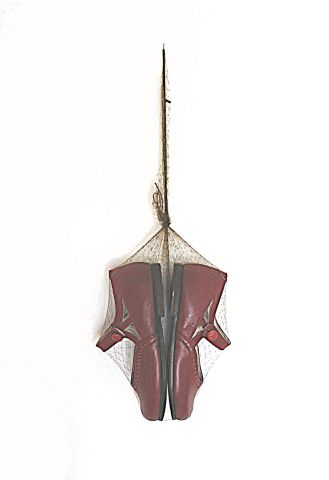I received the news that Sleep-drunk I dance once more led the Artists Talking Top Ten on one of those blotted out-days when M.E.-fatigue fills body&brain with leaden pellets and activity of an artistic, intellectual or almost any other kind is beyond the pale. On such days I check my e-mails, just to see if I’ve received a message, although I may not be able to read it. There was just enough room in me noggin to take in a tweet, even do an imaginary jiggle. A ghostly fist may have been raised: yes! So thank you, readers, you made my day, and fire me on.
As I keep wondering about my exclusive focus on my father’s photographs (to be precise: my copies), and the limitations of such personal explorations, I thought I should check ebay again for images of WWII German soldiers. There’s a huge amount! But looking through the offers my reservations grew about working with&into photographs of men about whom I know nothing. I’d need to think hard about my relationship to such images, consider questions around ownership and entitlement, and the boundaries between public and private. I might feel different if I were given photos, if someone entrusted them to me. I also worry about buying from sellers whose motives (apart from making money) and political inclinations aren’t transparent. Many will have acquired photo-albums or small collections as part of household clearances, but what about those specializing in war images and other militaria? Most shocking though: you can buy snapshots of dead soldiers. So I signed off, grateful that I’ve got my dad’s pictures.
I do learn through working with these photographs, and often what I learn is revealed to me when I write. It’s all in the processes, the contingencies, the returns and repetitions, and while I’m still&always anxious about not presenting finished pieces, this is where I hold my breath, clench my heart, knock my brain about, and ultimately am alive to complexities which evade me when I read historical texts. On the whole I need a personal voice to draw me in (i.e. a novel or biography); need to almost get entangled to even begin to tenuously, tenuously comprehend. The deeper I delve the more I see that I’m exploring from a safe distance, and yet that distance is unsafe too, as the bonds with my father make me tie myself in knots sometimes, with doubts, hesitations and heedfulness. More important though they carry the life-blood of my investigations.
So far I’ve been looking at images of my dad as a PoW. In a way I shielded myself: he is past combat, physically unhurt and out of danger, but, given that he had been part of the German war-machine, no matter how I turn a wretched weight bears on me, even from the little I know about the often ignominious deeds of the Wehrmacht. So I’ve taken in mind and trembling hand a photograph of my dad in a different uniform, bar any insignia, which marks the beginning of him joining the ‘masses’ (his words, in an annotation in the photo-album). It will have been taken in the autumn of 1942, a few days after his 17th birthday, when he was drafted into the Reichsarbeitsdienst (Reich Labour Service), which preceded military service. By law the age of entry should have been 18, but the state needed soldiers. The RAD, which gathered its conscripts in labour-camps where they were subject to military drills and national-socialist indoctrination, initially deployed its workers in ‘civic’ projects, which spanned from agricultural schemes to helping build the Autobahn-network and concentration camps (I shudder to list these in one half sentence). In time the RAD became a military organisation, working to support the army behind front-lines. From 1942 on many were sent from their labour-service directly into battle, esp. on the Eastern front, without ‘proper’ military training.
In contrast to the diffused look which unsettled me in the PoW-images here my dad’s gaze is straight out, serious, maybe a bit sullen. As you know I’ve been trying to bring material&haptic qualities to the photographs, and now I’ve crocheted a kind of soft-focus visor which I’ve sewn to the photo. I made the shape to fit one (real) face and hem in the other. You can either see features (for which you have to get up close, pulling the weave on like a back-to-front cowl) or uniform. A quick sketch around an idea by someone who is on guard. I’m taking things slowly.











